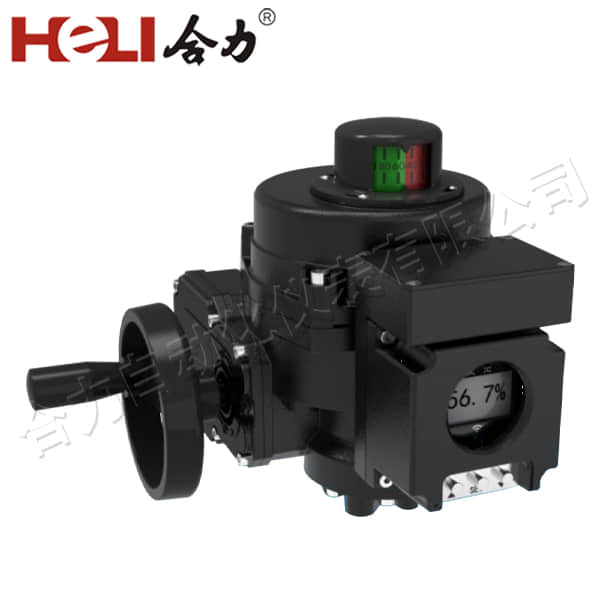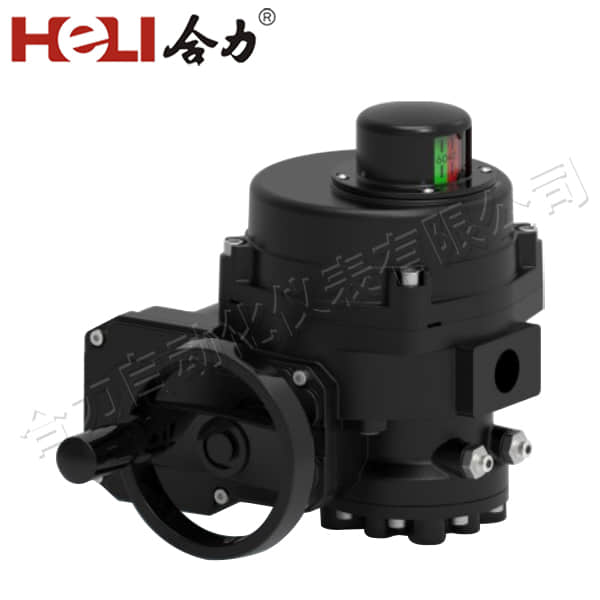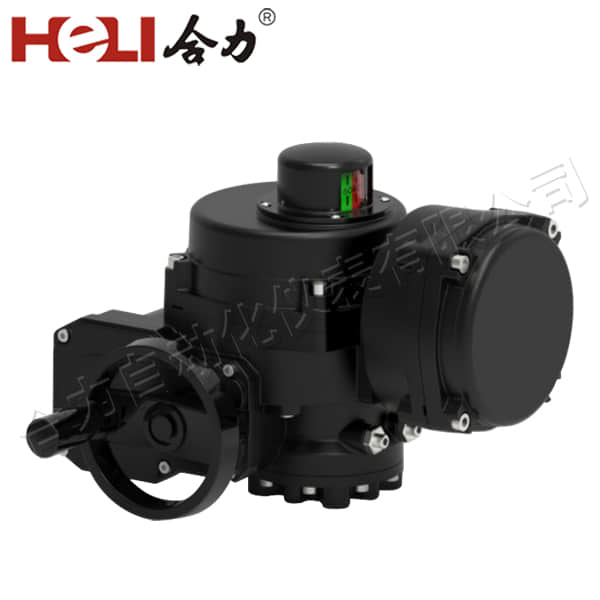In the realm of modern industrial automation, the electric actuator stands as a pivotal component, driving various mechanisms and systems to precision and efficiency. Its ability to convert electrical signals into mechanical motion makes it a vital link between the digital world and physical operations.

An electric actuator, in essence, is a device that converts electrical energy into mechanical motion. This motion, in turn, can be used to manipulate valves, dampers, or any other controllable mechanism. Its core functionality lies in its precision and reliability, ensuring that the desired movements are executed with utmost accuracy.

The working principle of an electric actuator is straightforward yet ingenious. It typically comprises a motor, a transmission mechanism, and a control unit. The motor, driven by electrical signals, rotates the transmission mechanism, which in turn converts the rotational motion into linear or angular displacement. This displacement is then utilized to actuate the desired mechanism. The control unit plays a crucial role in the operation of an electric actuator. It receives input signals from sensors or control systems, processes them, and generates appropriate commands for the motor. This closed-loop control ensures that the actuator responds promptly and accurately to changing conditions.

Leave a Reply